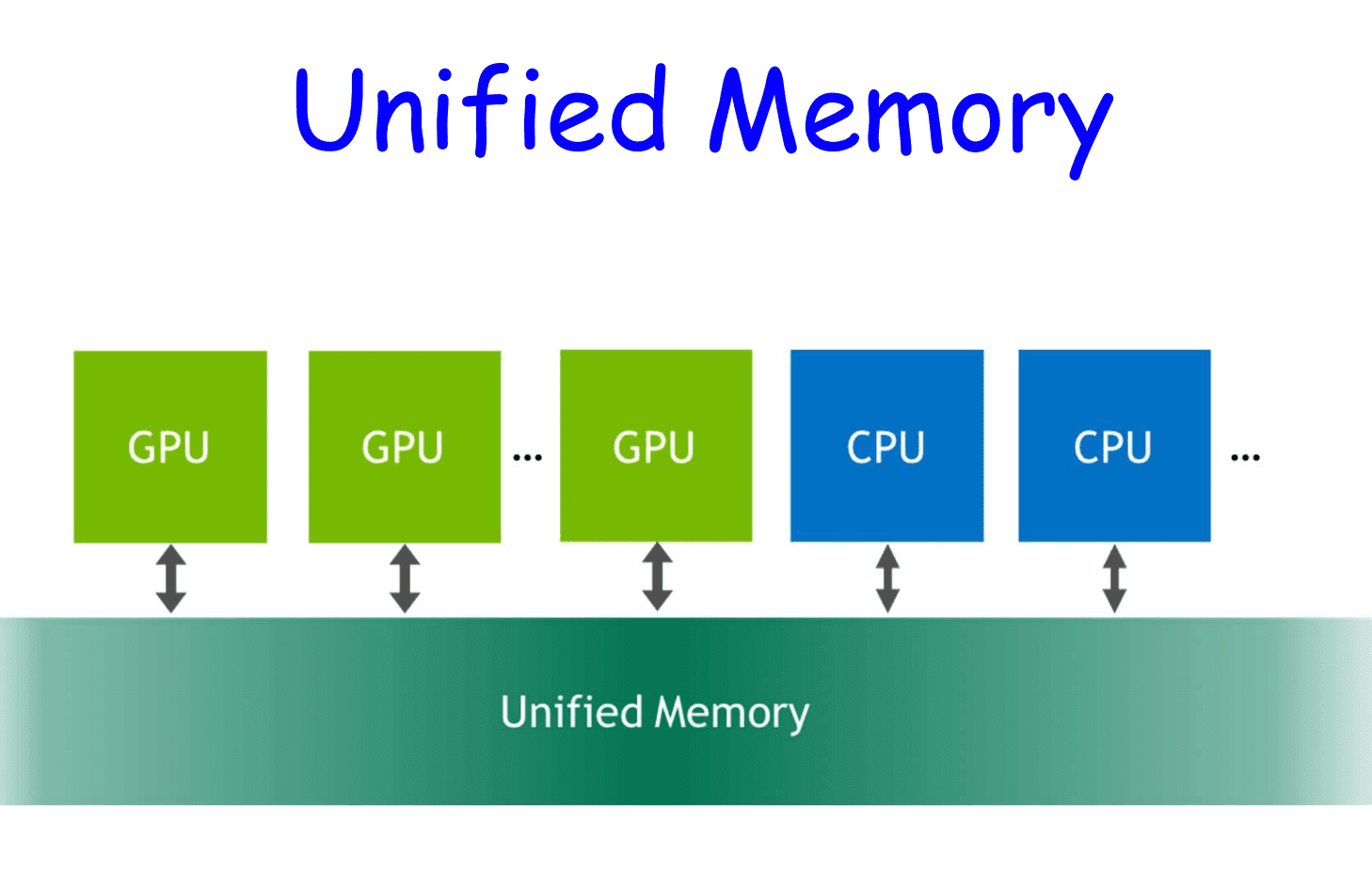Your cart is currently empty!

What Is Unified Memory?
Unified memory is a new way of managing memory in a computer, and it’s going to change the way you work with your data.
Unified memory is a new type of computing architecture that combines the traditional CPU, GPU, and RAM into one chip. This means that you can do things like process data on your graphics card or run machine learning algorithms on your CPU—and it all happens at once.
This is huge for two reasons:
1) It means that you can get more done in less time, because you don’t have to wait on an external device (like your hard drive or network) to complete tasks before moving onto others; everything is happening right there on your computer!
2) It means that Unified Memory makes it easier than ever before for developers to create apps that can run across multiple platforms at once—like ones that are compatible with both MacOS and Windows 10 machines.
This new architecture makes it possible for developers to create applications in which users can do things like edit pictures from their phone while simultaneously accessing their favorite apps from their laptop!
What is the Benefit of Unified Memory?

Unified memory is a new approach to data processing, which allows applications to directly access data from all kinds of devices without having to go through the CPU.
The main benefit of unified memory is that it is faster and more efficient than previous approaches to data processing. This means that you can accomplish more with less effort, which will help you get your job done more quickly and efficiently.
What Does Unified Memory Mean Apple?
The CPU and GPU have distinct memory in computers with discrete GPUs. All of these parts are now combined into a single system on a chip, or SoC, in the new Apple Silicon Macs. The system has a unified memory architecture because everything is housed on a single chip. This indicates that the CPU and GPU are sharing memory.
Is Unified Memory Same As RAM?
Only short-term data is stored in RAM; long-term data can be stored in unified memory. While unified memory is entirely integrated as a component of a SoC, RAM is replaceable. Unified memory cannot be upgraded, although RAM can.
How Much Unified Memory Do I Need?
8 GB of RAM would be sufficient for you if you frequently use word processors and the Internet. However, choosing the 16 GB version is preferable if you frequently use Adobe Creative Cloud software because it will allow you to edit photographs, movies, and graphics on your computer more easily.
Conclusion
In summary, we have covered the basics of unified memory, how it works and why it is important. But there is much more to learn about this exciting technology! In future posts we will be exploring more details and discussing potential applications for unified memory in systems with multiple GPUs.
Leave a Reply